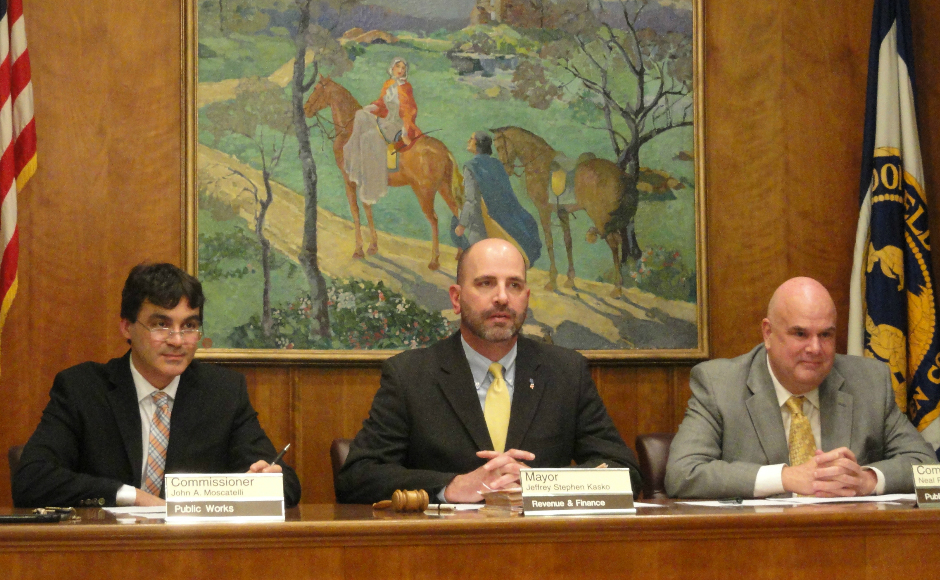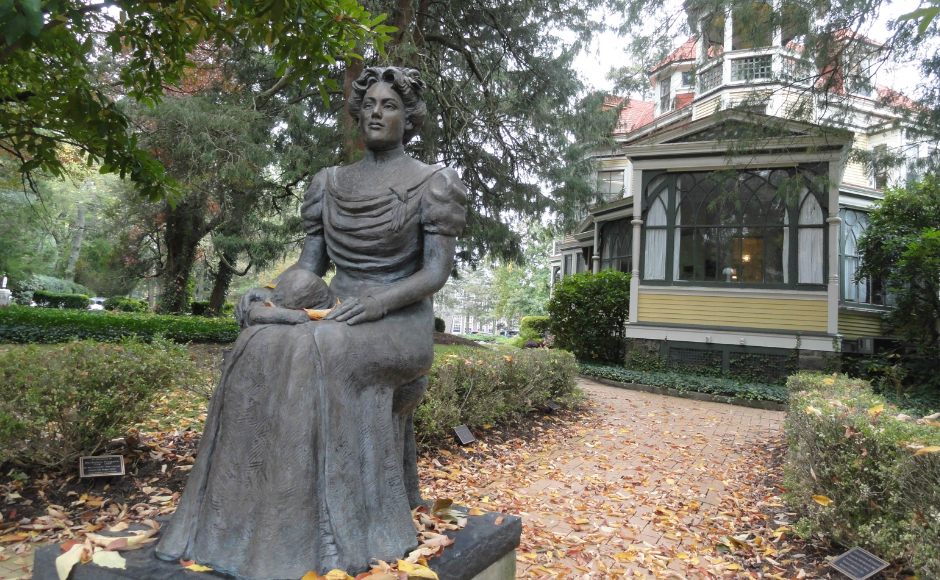Voters will decide whether to make permanent the 1¢-per-$100-levied tax. It has raised more than $1 million to date, an amount likely to be dedicated to the Bancroft purchase.
By Matt Skoufalos
Haddonfield voters will head to the polls next Tuesday to decide on a $35-million bond referendum for the borough schools. But in October, another tax question will appear on the local ballot, this one potentially permanent.
At the end of 2016, the local borough open-space tax will expire. Having been twice renewed at five-year intervals, the tax has raised more than $1 million in the prior decade for local spending on open space, parks, and historic preservation.
If voters approve the measure by referendum for a third time this year, the tax will become permanent at a maximum of 1¢ per $100 levied. That translates to a maximum of $49.14 annually for a home assessed at the borough median of $491,359. The tax has never been collected at more than a half-cent rate, which equates to roughly $25 annually per household, on average.
The Open Space Trust Fund would be used to acquire land “to protect open space and water quality, for the development of recreation on and maintenance of any such lands, and for historic preservation purposes,” according to language provided by the borough. Having such a fund on the books also entitles the borough to apply for twice as much state aid to buy land under the state Green Acres program (up to half the purchase price versus 25 percent without it). The fund is also subject to an annual public audit.
Haddonfield Mayor Jeffrey Kasko said the measure has averaged some $115,000 to $120,000 annually, and that the money collected to date will “most likely” be applied to the $12.2-million purchase of the Bancroft parcel from developer J. Brian O’Neill.
Financially, the mayor described the measure as “a continuation of the current [tax]impact.” Commissioners don’t expect to increase the rate, although the option to raise or lower the tax in the future would be enacted at the discretion of local government, he said.
“I think most residents feel it’s a good thing to put some money away,” Kasko said. “Even people who were not for it in the beginning have come around to see that it’s a good thing. The impact on the local taxpayer is pretty low, but over time, it allows us to accumulate some funds.”
Kasko stressed that the tax only raises money to be spent locally. The levy is distinct from the Camden County Open Space, Recreation, Farmland, and Historic Preservation Trust Fund, which is a bone of contention among some borough residents. Haddonfield had previously unsuccessfully appealed to the county government for grant aid from that fund to apply towards the Bancroft purchase.
“We’ve paid millions into that fund, and gotten not a lot back from the county,” Kasko said. “It’s an issue. The county says that they want to preserve space in the built-out towns; that’s us. We should be included in that.”
If approved, the Open Space Trust Fund could only be repealed by referendum. Some 200 towns statewide have such a fund, according to Haddonfield officials.
Please support NJ Pen with a subscription. Get e-mails, or follow us on Facebook, Twitter, and Instagram.





